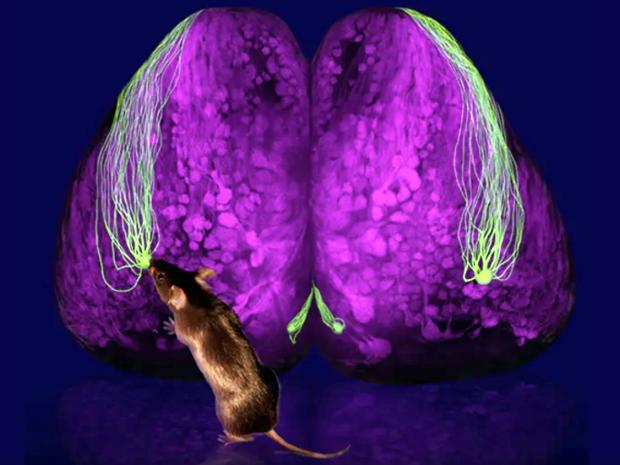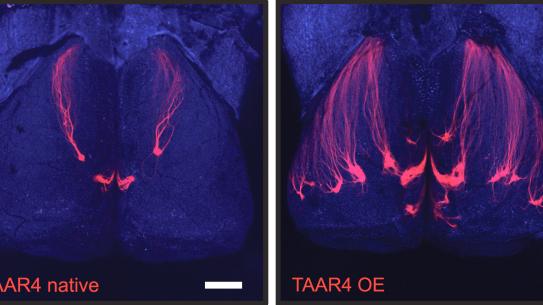Cracking the Olfactory Code: Basic Principles, Technology, and Practical Applications

Speaker:
Dmitry Rinburg, PhD
Professor
Dept. of Neuroscience and Physiology and Neuroscience Institute
NYU Grossman School of Medicine
Abstract:
Dr. Rinberg and his team study how odors are represented at different stages of neural processing. Understanding sensory processing relies on exploring and establishing a principled relationship between the stimulus space, its neural representation, and perceptual quality. They tackle this challenge using an interdisciplinary approach that involves the use wide-field and two-photon imaging, multiunit electrophysiology and behavioral experiments, in combination with theoretical approaches. Another area of interest is the behavioral relevance of neuronal code features. To test their neural coding model by validating that the hypothesized code can be read by higher brain areas where it leads to an observable behavioral output. To this end, the group is developing experimental strategies to establish causal links between the neuronal code and animal behavior. In addition, as an applied direction, Dr. Rinberg’s group is developing a bio-electronics nose. For years, trained animals have been used for chemical detection in homeland security, defense, healthcare, agriculture, and other applications, because a biological olfactory system outperform all artificial chemical detection devices. However, the use of animals requires extensive training and behavior-based communication. To overcome these limitations, the Rinberg group is developing a strategy that reads olfactory information directly from the brain. This novel brain-machine interface captures signals from an early stage of olfactory processing in mice, and employs machine learning techniques to form a sensitive and selective chemical detector.
Dr. Rinberg receiving his Ph.D. in Physics from the Weizmann Institute of Science, in Rehovot, Israel, in 1997. Subsequently he worked as Research Scientist at the Monell Chemical Senses Center in Philadelphia, PA, before being appointed Laboratory Head at the renowned Howard Hughes Medical Institute - Janelia Farm Research Campus, in Ashburn, VA, in 2006. There he performed groundbreaking work in the area of neural processing in the sense of smell, which led to his recruitment as Associated Professor at NYU in 2012.


